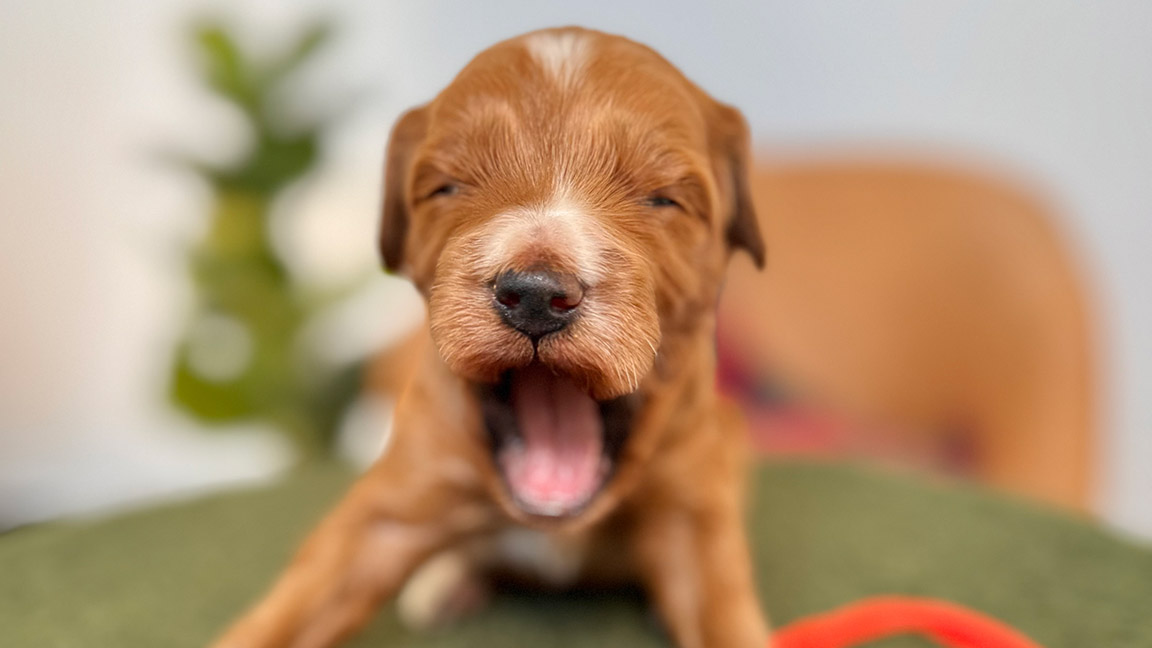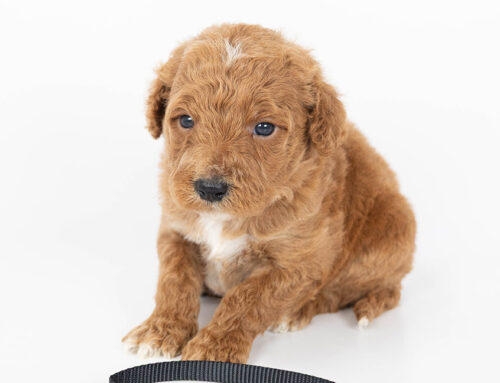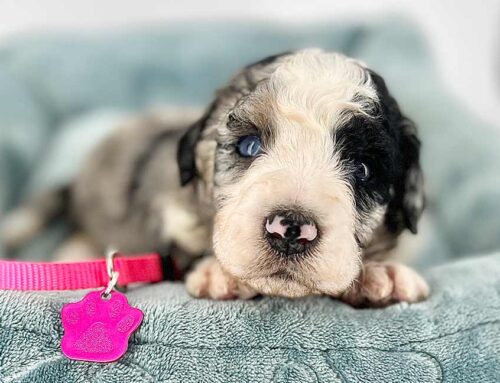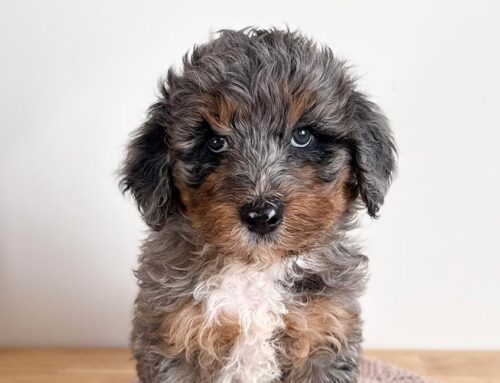Dog Food Safety: What Foods Are Toxic to Dogs?
Dog Food Safety: What Foods Are Toxic to Dogs?
Picture this: you’re enjoying a slice of chocolate cake when those big doodle eyes lock onto you from across the room. Your pup tilts their head, gives you the world’s most dramatic sigh, and silently pleads, “Just one bite?” Cute, right? But here’s the twist: that single nibble could spell big trouble. Welcome to the world of dog food safety, where not all treats are created equal, and some human foods are downright toxic to your furry friend.
Why Dog Food Safety Matters
When we discuss dog food safety, most people immediately think of kibble, raw diets, or balanced nutrition. But the sneaky stuff happens at the edges: the crumbs from your plate, the “just one bite” treats, or that forgotten chocolate bar on the counter. Many human foods that seem harmless (or even healthy) are actually dangerous to dogs. And because dogs metabolize things differently, they can’t handle certain compounds we take for granted.
So let’s walk through a “Do Not Feed” list of toxic foods by category. (Yes, I made that up. But it sounds official.)
The “Do Not Feed” List of Toxic Foods: What to Watch Out For
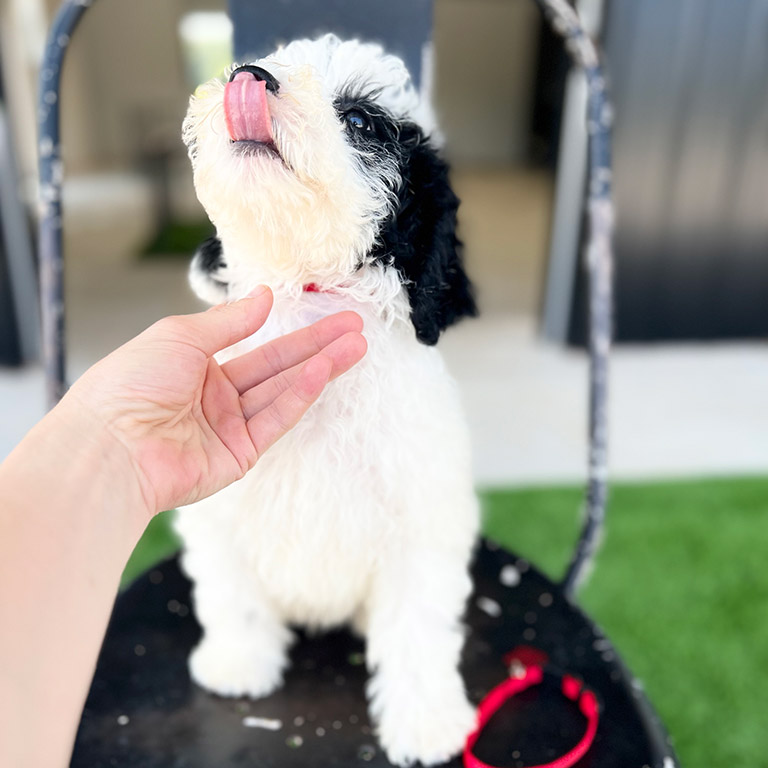
1. Chocolate & Caffeine
Yes, we’ve all heard it: chocolate is bad for dogs. But did you know that any cacao, coffee, tea, energy drinks, or even some desserts can contain methylxanthines (like theobromine and caffeine)? These compounds can cause vomiting, rapid heart rate, seizures, or worse. The darker and more concentrated, the more dangerous.
2. Grapes, Raisins & Currants
Even small amounts of grapes or raisins can lead to acute kidney failure in dogs. The exact toxic agent is unknown (crazy, right?), so no safe threshold is guaranteed.
3. Xylitol (in “Sugar-Free” Stuff)
This sneaky sweetener shows up in gum, candy, peanut butter, and baked goods. Xylitol can cause severe low blood sugar and liver failure. Just one little treat might be enough.
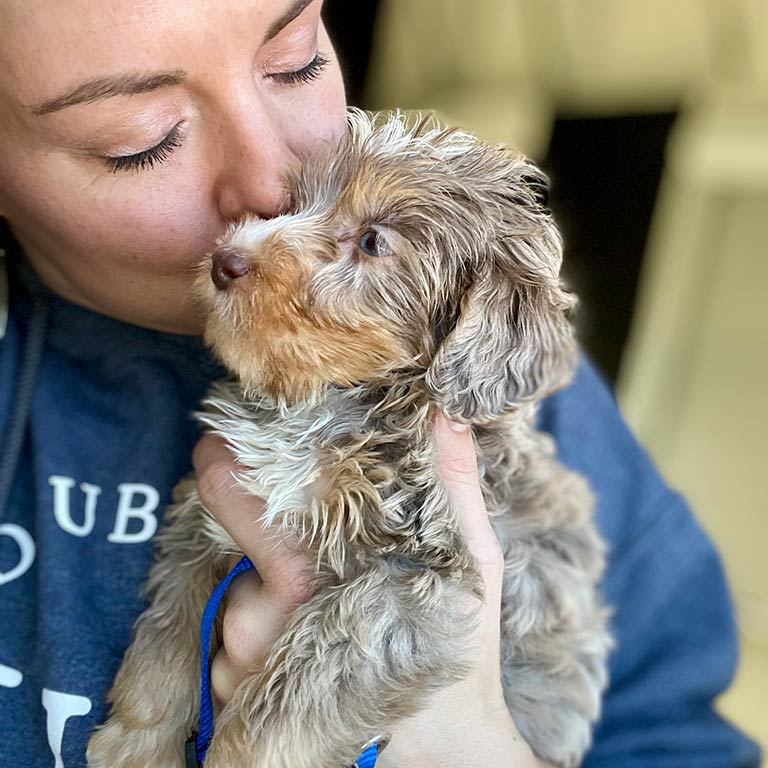
4. Onions, Garlic, Chives & Leeks
Onions, garlic, chives, and leeks can harm your dog’s red blood cells, which may cause anemia. And no, cooking or chopping them doesn’t make them any safer.
5. Macadamia Nuts & Some Nuts in General
While many nuts are heavy in fat, macadamia nuts are particularly toxic, causing weakness, tremors, and vomiting.
6. Avocado
Avocado contains persin, which can cause vomiting and diarrhea in dogs.
7. Cooked Bones & Fatty Trimmings
Cooked bones can splinter and damage the digestive tract, while fatty trimmings risk pancreatitis.
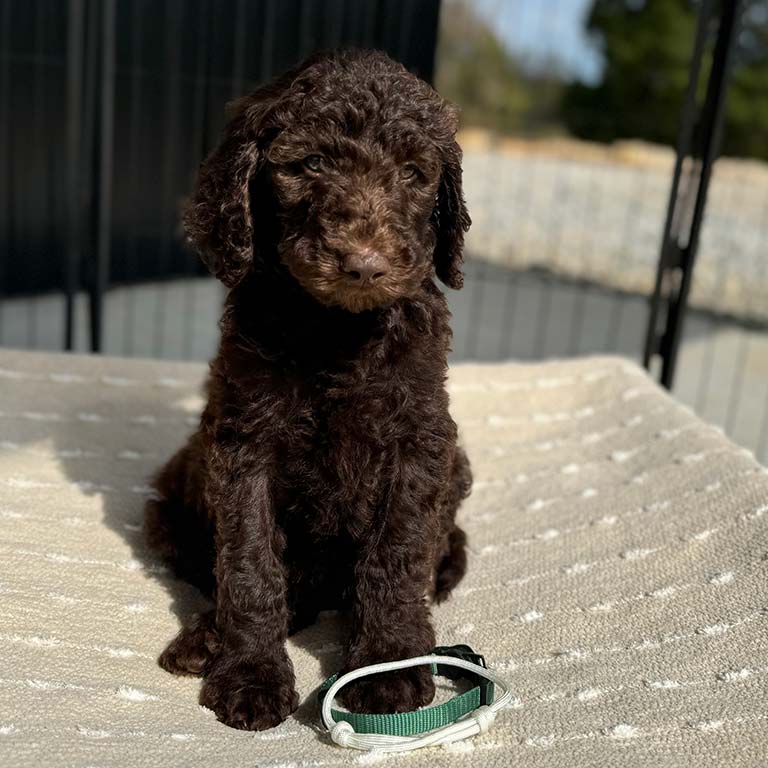
8. Alcohol, Yeast Dough & Raw Bread
Alcohol is dangerous even in tiny amounts, and raw yeast dough can expand in the stomach and create internal alcohol.
9. Fruit Pits & Seeds
Cherry, peach, plum, and apple seeds all contain compounds that release cyanide. Stick to seedless fruit flesh only.
10. Mushrooms & Spices
Some wild mushrooms are deadly, and spices like nutmeg can be toxic too.
Signs Your Dog May Have Eaten Something Toxic
Since dogs can’t exactly confess, here’s what to watch for: vomiting, diarrhea, drooling, weakness, tremors, pale gums, extreme thirst, rapid heartbeat, or collapse. If you see any of these after your pup got into something sketchy, call your vet or an emergency pet hotline right away.
Tips for Everyday Dog Food Safety
Think of your kitchen as a theme park of smells and temptations. Dogs are naturally curious, so the best defense is prevention. Keep countertops clear and teach kids and guests not to sneak “people food” to your pup. Always check ingredient labels before sharing. Dog-friendly treats are a safe and fun alternative, and your doodle will love them just as much.
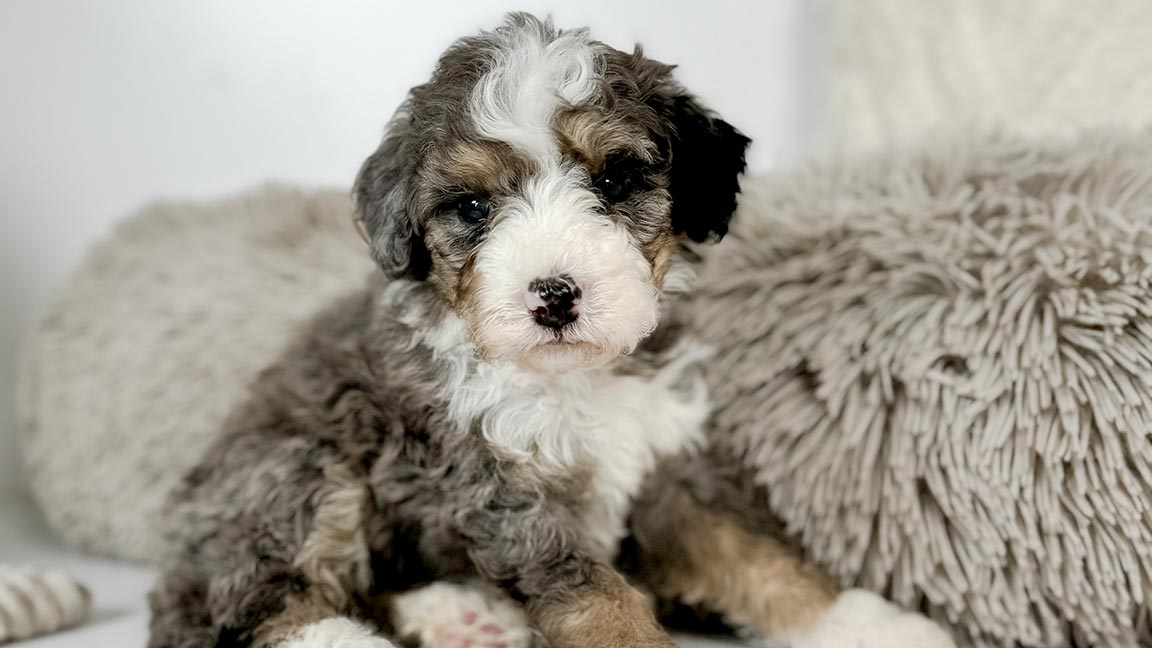
Wrapping Up: Love Your Pup, Respect Dog Food Safety
At Double U Doodles, we believe in raising happy, healthy pups, and that includes keeping their tummies safe. A moment of carelessness (like dropping a raisin or leaving gum on the coffee table) can lead to serious consequences. Stay alert, share knowledge, and keep this “do not feed” list in mind.
Our Bernedoodles and Sheepadoodles are naturally curious, social, and sometimes a little sneaky when it comes to sniffing out food. Their playful personalities and clever minds make them wonderful companions, but it also means they can be quick to swipe something from the counter if you’re not looking. Protecting them from toxic foods is just another way we show our love, ensuring they grow into the loyal, goofy, and affectionate family members they’re meant to be.
Frequently Asked Questions About Dog Food Safety
Can dogs eat peanut butter?
Yes, but make sure it’s xylitol-free. Natural peanut butter without added sweeteners is safest.
Are all nuts bad for dogs?
Not all, but macadamia nuts are especially toxic. Others, like almonds or walnuts, are high in fat and can cause stomach upset, so it’s best to avoid nuts altogether.
What about cheese and dairy?
Small amounts of plain cheese can be fine, but many dogs are lactose intolerant. Too much dairy can cause gas, bloating, or diarrhea.
If my dog eats something toxic, what should I do first?
Call your vet immediately. If it’s after hours, contact the Pet Poison Helpline or ASPCA Poison Control. Quick action can save your pup’s life.
Are there safe fruits and veggies I can share?
Yes! Carrots, blueberries, apples (without seeds), green beans, and pumpkin are all doodle-approved.

